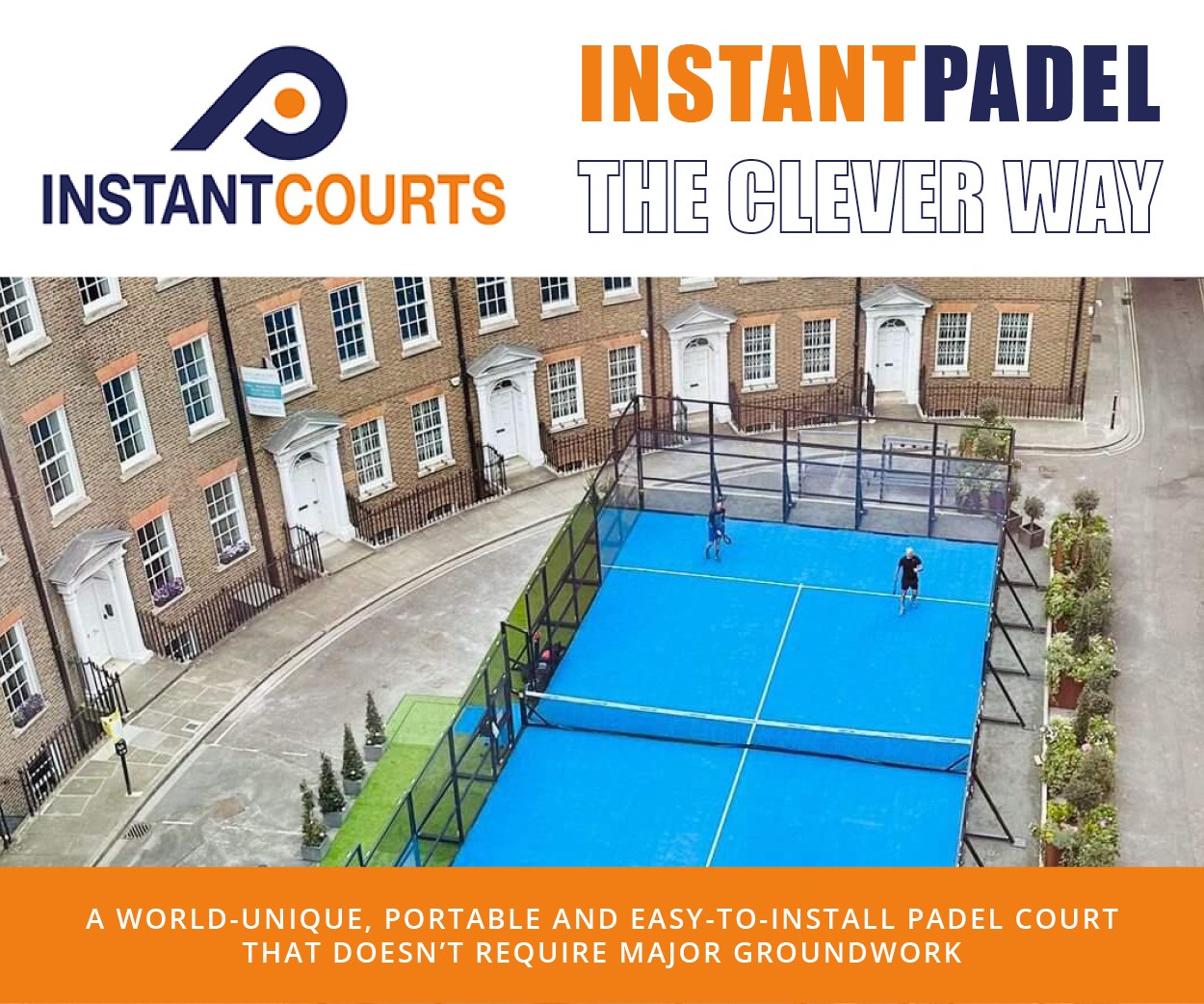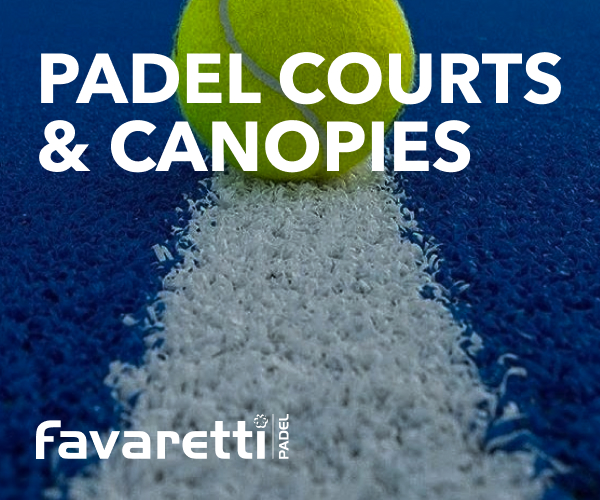GB padel international Catherine Rose has shared some wisdom for fellow ex-tennis players who are adapting to the superior four-walled game.
Catherine had a stellar junior tennis career before earning a rugby scholarship at university. After graduating, she took up padel at Chelsea Harbour Club. There, she had coaching with GB women’s head coach Alvaro Guerrero and was part of the team who won last year’s LTA National Club League title.
Last weekend, the 23-year-old made a further breakthrough by winning her first LTA Grade One trophy at West of Scotland Padel alongside new partner Aimee Gibson.

Despite her rapid ascent, Catherine admits she is still developing an appreciation of padel’s tactical and technical nuances. Like many others taking up this exploding sport, she is having to tweak deeply-ingrained habits learned from a childhood spent on the tennis court.
Catherine has given The Padel Paper five top tips for other ex-tennis players adapting to the glass walls.
- Be patient
“For me, this is the number one piece of advice. In tennis, by imposing yourself at the net and hitting hard you can get the ball past your opponent and win the rally. But in padel, it’s all about patience; building the point and waiting for those opportunities.
“I liked to play quite a fast, attacking tennis game, so when I started padel this was the most difficult adaptation. You feel like at the net in tennis you’ve got to be very aggressive.
“In padel, you can be quite imposing at the net and dictate the point, but it’s about slowing your volleys down, cutting them more and using your position at the net to outmanoeuvre your opponent, rather than hitting hard and looking to finish the point with a volley. I’m still getting used to that and working on it to this day.”
- You’ve got more time than you think
“In tennis, your natural instinct when someone’s smashing it at you is to block the ball on the volley. You have to curb that and remember that the walls are your friend.
“When you get to the point where you’re confident with letting the ball hit the wall and it becomes natural, you realise that you’ve usually got more time than you realise.
“It’s easy to get a bit panicked when the ball is coming fast at you. Remain calm, let it go, and use the wall to your advantage.”

- Don’t be afraid to use a double-handed backhand
“As a tennis player, my double-handed backhand is probably one of my better shots on the padel court. It’s been beneficial for me. I started playing as a one-hander and didn’t have much feel or control, so my transition to two hands has been pretty good for my game.
- Stop smashing
“As a tennis player I’ve got quite a good smash. Learning the right positions and moments to use it, and adding the bandeja or vibora into my skillset, is something that’s come slowly. I’m getting used to it, but it’s clear they are much more effective shots.
“Letting the ball drop [to around shoulder height] is a pretty unnatural shot for a tennis player. In tennis you can get away with hitting volleys quite flat, but they will obviously bounce back into mid-court on a padel court. Learning how to cut your volleys take a bit of time to get used to.”
- Adjust your length
“In padel, you want to aim the first bounce around the white line because you don’t want it to bounce off the back wall too high. Ideally, you want to give your opponent a split-second decision to make between taking it early or using the wall.
“That’s something I’m personally still working on too – nailing that length so it’s challenging the opponent to decide what to do with it.”

Thank you Catherine for these invaluable tips! Good luck in the next LTA Grade One event in Guernsey on 26-28 May.









































